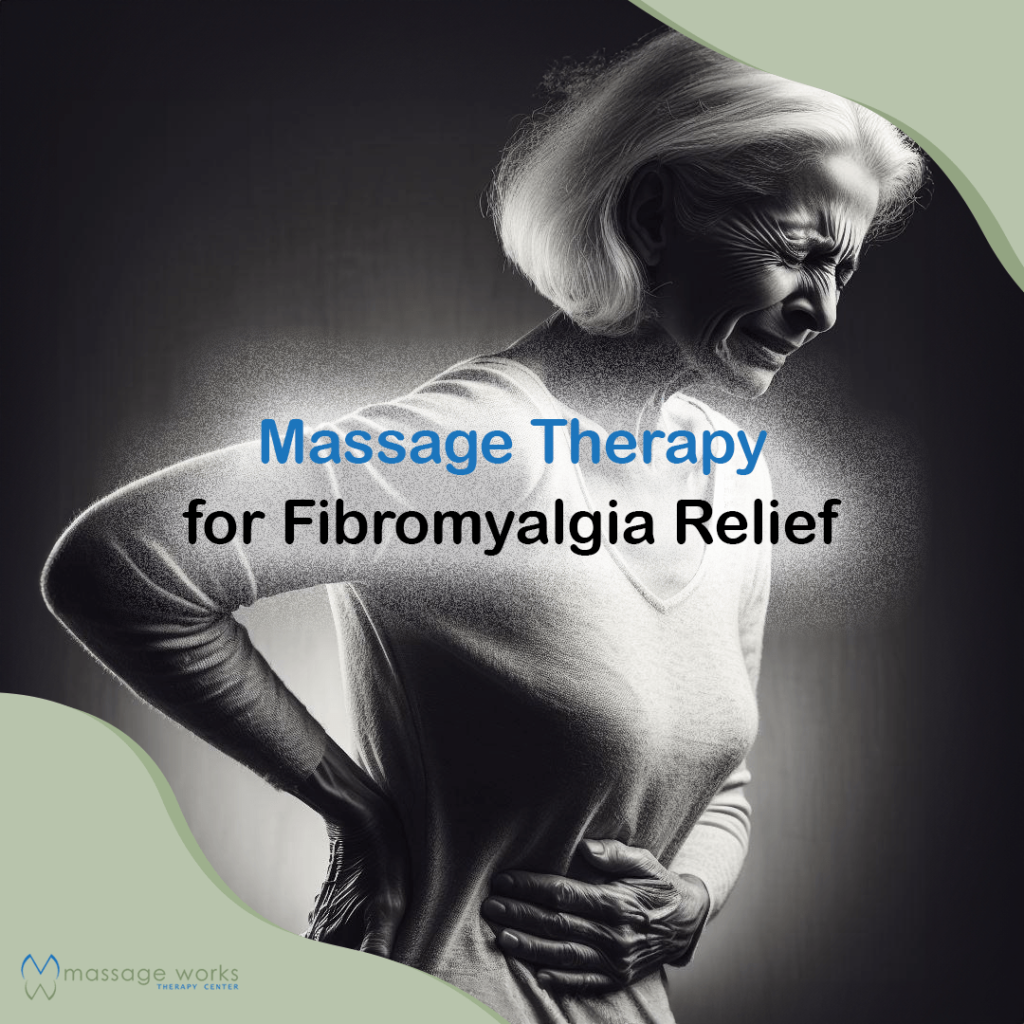
Living with Fibromyalgia can be challenging, but incorporating massage therapy into your treatment plan can offer significant relief and improve your quality of life. Fibromyalgia is a chronic condition characterized by widespread musculoskeletal pain, fatigue, sleep disturbances, and mood issues. While there is no cure for fibromyalgia, various therapies, including massage therapy, can help manage its symptoms effectively.
Understanding Fibromyalgia
Fibromyalgia affects millions of people worldwide, and its exact cause remains unknown. However, researchers believe that factors such as genetics, infections, physical or emotional trauma, and abnormalities in pain processing may contribute to its development. Common symptoms of fibromyalgia include:
- Widespread Pain: The hallmark symptom of fibromyalgia is chronic, widespread pain that affects muscles, ligaments, and tendons throughout the body.
- Fatigue: Many individuals with fibromyalgia experience profound fatigue, even after a full night’s sleep.
- Sleep Disturbances: Fibromyalgia often disrupts sleep patterns, leading to insomnia or non-restorative sleep.
- Cognitive Issues: This condition is frequently accompanied by cognitive difficulties, often referred to as “fibro fog,” which can include memory problems, difficulty concentrating, and impaired decision-making.
- Mood Disorders: Depression, anxiety, and stress are commonly associated with fibromyalgia.
The Role of Massage Therapy
Massage therapy is a popular complementary treatment option for managing fibromyalgia symptoms. It involves manipulating the body’s soft tissues to alleviate pain, reduce muscle tension, promote relaxation, and improve overall well-being. Here’s how massage therapy can benefit individuals with fibromyalgia:
- Pain Relief: Massage therapy can help reduce musculoskeletal pain associated with fibromyalgia by increasing blood flow to affected areas, releasing tension in muscles, and triggering the body’s natural pain-relieving mechanisms.
- Improved Sleep: By promoting relaxation and reducing stress levels, massage therapy can help individuals with fibromyalgia achieve better sleep quality, leading to increased energy levels and improved daytime functioning.
- Stress Reduction: Chronic pain and other fibromyalgia symptoms can exacerbate stress and anxiety. Massage therapy induces the release of endorphins, serotonin, and dopamine—neurotransmitters that promote feelings of relaxation and happiness, thereby alleviating stress and improving mood.
- Enhanced Range of Motion: Fibromyalgia can cause stiffness and reduced flexibility in muscles and joints. Regular massage sessions can help increase joint mobility, improve flexibility, and restore range of motion, making daily activities easier and more comfortable.
- Decreased Trigger Points: Trigger points, or localized areas of muscle tension and pain, are common in individuals with fibromyalgia. Massage therapy techniques such as myofascial release and trigger point therapy can help identify and alleviate these tender points, reducing pain and improving muscle function.
Choosing the Right Massage Techniques
When receiving massage therapy for fibromyalgia, it’s essential to work with a licensed massage therapist who understands the condition and can tailor the treatment to your specific needs. Some effective massage techniques for fibromyalgia include:
- Swedish Massage: This gentle, relaxing massage technique involves long, gliding strokes, kneading, and circular movements to promote circulation, reduce muscle tension, and induce a state of deep relaxation.
- Deep Tissue Massage: Deep tissue massage targets deeper layers of muscle and connective tissue to release chronic tension and adhesions. It can help alleviate stubborn areas of pain and improve overall mobility.
- Myofascial Release: Myofascial release focuses on releasing tension in the fascia, the connective tissue that surrounds muscles and organs. By applying sustained pressure to specific areas, myofascial release can help relieve pain and improve flexibility.
- Trigger Point Therapy: Trigger point therapy involves applying pressure to specific trigger points to release tension and alleviate pain. This technique can be particularly beneficial for individuals with fibromyalgia who experience tender points throughout their bodies.
- Craniosacral Therapy: Craniosacral therapy is a gentle, hands-on approach that aims to release restrictions in the craniosacral system (the membranes and cerebrospinal fluid surrounding the brain and spinal cord). It can help reduce pain, improve sleep, and enhance overall well-being.
Incorporating Massage into Your Treatment Plan
To experience the full benefits of massage therapy for fibromyalgia, it’s essential to integrate it into a comprehensive treatment plan that may include medication, exercise, stress management techniques, and other therapies. Here are some tips for incorporating massage therapy into your fibromyalgia management strategy:
- Consult with Your Healthcare Provider: Before starting any new treatment, including massage therapy, consult with your healthcare provider to ensure it’s safe and appropriate for your condition.
- Communicate with Your Massage Therapist: Be open and honest with your massage therapist about your fibromyalgia symptoms, pain levels, and treatment preferences. They can adjust the massage techniques and pressure according to your comfort level and individual needs.
- Schedule Regular Sessions: Consistency is key when it comes to reaping the benefits of massage therapy. Aim to schedule regular massage sessions, whether weekly, bi-weekly, or monthly, to maintain symptom relief and promote overall wellness.
- Practice Self-Care Between Sessions: In addition to professional massage therapy, incorporate self-care practices such as gentle stretching, relaxation techniques, hot baths, and adequate rest to support your body’s healing process between sessions.
- Monitor Your Progress: Keep track of how massage therapy affects your fibromyalgia symptoms and overall well-being. Notice any improvements in pain levels, sleep quality, mood, and mobility, and communicate these changes with your healthcare team and massage therapist.
Conclusion
Massage therapy offers a holistic approach to managing fibromyalgia symptoms and improving quality of life for individuals living with this challenging condition. By promoting relaxation, reducing pain and muscle tension, improving sleep, and enhancing overall well-being, massage therapy can be a valuable addition to your fibromyalgia treatment plan. Remember to work closely with your healthcare provider and a qualified massage therapist to develop a personalized approach that addresses your unique needs and preferences. With regular massage sessions and a comprehensive treatment strategy, you can find relief from fibromyalgia symptoms and enjoy a better quality of life.